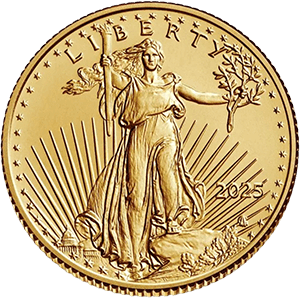
Gold has long been regarded as a reliable store of value and a hedge against economic uncertainties. As we navigate through the current market landscape, it is essential to evaluate the gold cycles forecast and make informed predictions about its future performance. In this article, we will examine the current state of gold cycles, analyze market trends, and provide predictions to guide investors in their decision-making process.
Bullish Factors Driving Gold:
a. Inflationary Pressures: Rising inflation rates have bolstered the demand for gold as a hedge against eroding purchasing power. The expansive monetary policies and stimulus measures implemented by central banks worldwide have fueled inflation concerns, making gold an attractive investment.
b. Geopolitical Tensions: Heightened geopolitical tensions, trade conflicts, and global uncertainties have historically driven investors towards safe-haven assets like gold. As geopolitical risks persist, the demand for gold as a perceived safe asset is expected to remain strong.
c. Weak U.S. Dollar: The U.S. dollar's weakness against major currencies has historically had a positive impact on gold prices. A weak dollar makes gold more affordable for international buyers and strengthens its appeal as a store of value.
Technical Analysis of Gold Cycles:
a. Fibonacci Retracement Levels: Technical analysis tools like Fibonacci retracement levels can provide insights into potential price levels and retracements within gold cycles. Traders often use these levels to identify support and resistance zones.
b. Moving Averages: Observing the moving averages, such as the 50-day and 200-day moving averages, can help identify trends and potential entry or exit points in gold cycles. Crossovers and divergences can provide valuable signals for investors.
c. Relative Strength Index (RSI): The RSI indicator is often used to assess the overbought or oversold conditions of an asset. Monitoring the RSI can help investors identify potential price reversals or continuation patterns within gold cycles.

Predictions for Gold Cycles:
a. Short-term Forecast: Many analysts predict a short-term upward trend in gold prices due to ongoing inflationary pressures and geopolitical uncertainties. Gold may continue to benefit from its safe-haven status as investors seek refuge during volatile times.
b. Long-term Forecast: In the long run, gold is expected to maintain its value and potentially experience further appreciation. The potential for increased inflation, economic instability, and a weak U.S. dollar supports a positive outlook for gold as a long-term investment.
c. Price Targets Analysts and experts have varying price targets for gold in the near future. While it is challenging to predict exact price levels, some projections suggest targets ranging from $1,800 to $2,000 per ounce in the short to medium term.
d. Volatility and Corrections: It is important to note that gold cycles are not without volatility and potential price corrections. Market fluctuations, unexpected economic events, or shifts in investor sentiment can result in temporary setbacks or corrections in gold prices.
Conclusion:
The current gold cycles forecast indicates a positive outlook for the precious metal, driven by inflation concerns, geopolitical tensions, and a weak U.S. dollar. Technical analysis tools provide insights into potential trends and entry/exit points within gold cycles.
Short-term predictions suggest upward momentum, while the long-term outlook remains favorable for gold as a store of value. However, investors should exercise caution and consider factors like market volatility and potential corrections when making investment decisions. Conducting thorough research, seeking professional advice, and diversifying one's portfolio are prudent strategies to mitigate risks associated with gold investments.









